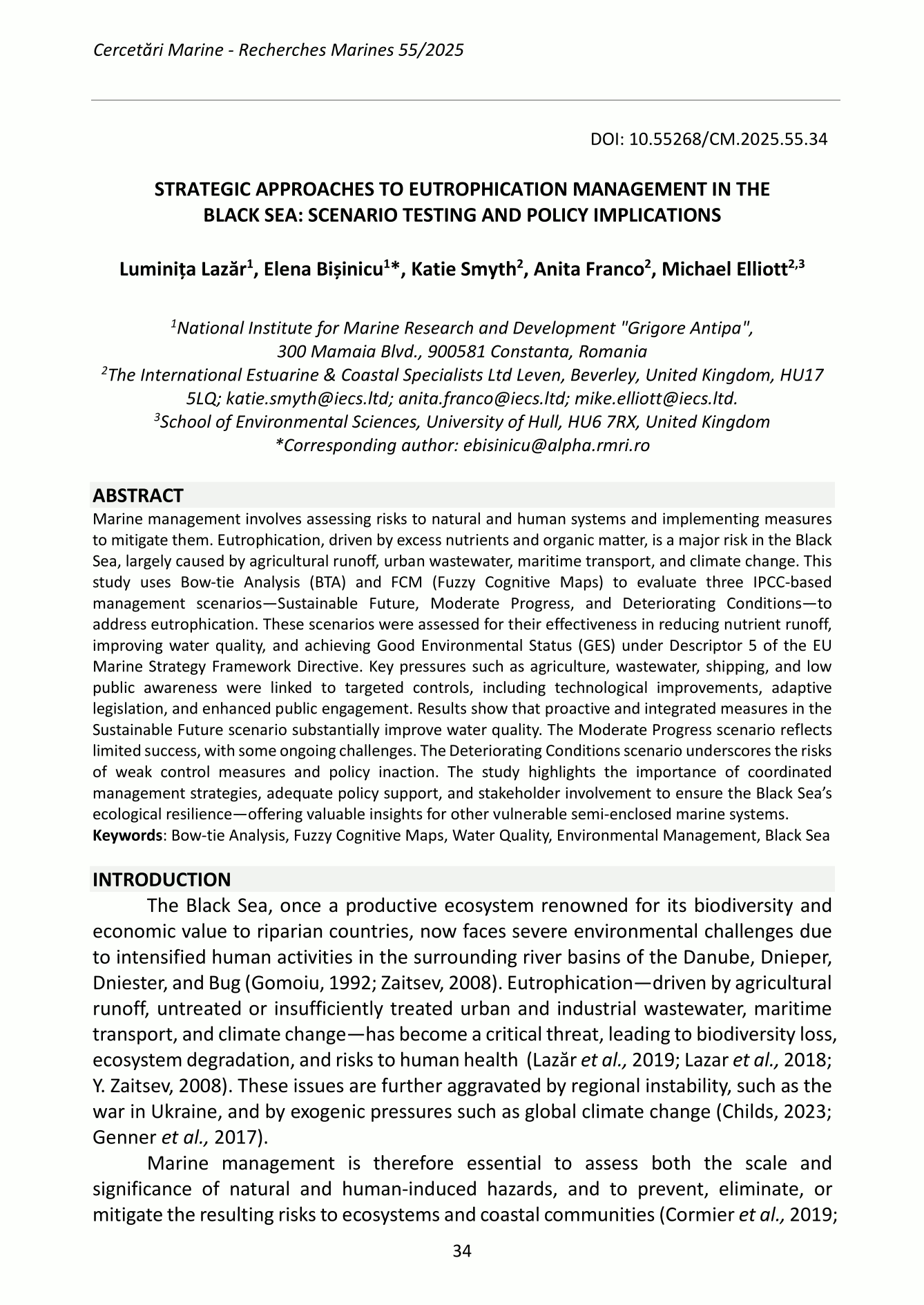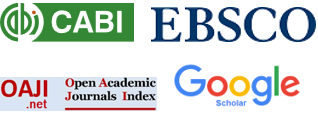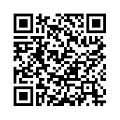STRATEGIC APPROACHES TO EUTROPHICATION MANAGEMENT IN THE BLACK SEA: SCENARIO TESTING AND POLICY IMPLICATIONS
DOI:
https://doi.org/10.55268/CM.2025.55.34Keywords:
Bow-tie Analysis, Fuzzy Cognitive Maps, Water Quality, Environmental Management, Black SeaAbstract
Marine management involves assessing risks to natural and human systems and implementing measures
to mitigate them. Eutrophication, driven by excess nutrients and organic matter, is a major risk in the Black
Sea, largely caused by agricultural runoff, urban wastewater, maritime transport, and climate change. This
study uses Bow-tie Analysis (BTA) and FCM (Fuzzy Cognitive Maps) to evaluate three IPCC-based
management scenarios—Sustainable Future, Moderate Progress, and Deteriorating Conditions—to
address eutrophication. These scenarios were assessed for their effectiveness in reducing nutrient runoff,
improving water quality, and achieving Good Environmental Status (GES) under Descriptor 5 of the EU
Marine Strategy Framework Directive. Key pressures such as agriculture, wastewater, shipping, and low
public awareness were linked to targeted controls, including technological improvements, adaptive
legislation, and enhanced public engagement. Results show that proactive and integrated measures in the
Sustainable Future scenario substantially improve water quality. The Moderate Progress scenario reflects
limited success, with some ongoing challenges. The Deteriorating Conditions scenario underscores the risks
of weak control measures and policy inaction. The study highlights the importance of coordinated
management strategies, adequate policy support, and stakeholder involvement to ensure the Black Sea’s
ecological resilience—offering valuable insights for other vulnerable semi-enclosed marine systems.

Downloads
Published
How to Cite
Issue
Section
License

This work is licensed under a Creative Commons Attribution-NonCommercial-NoDerivatives 4.0 International License.
This is an open access journal, which means that all content is freely available without charge to the user or his/her institution. Users are allowed to read, download, copy, distribute, print, search, or link to the full texts of the articles, or use them for any other lawful purpose, without asking prior permission from the publisher or the author. This is in accordance with the BOAI definition of open access.






